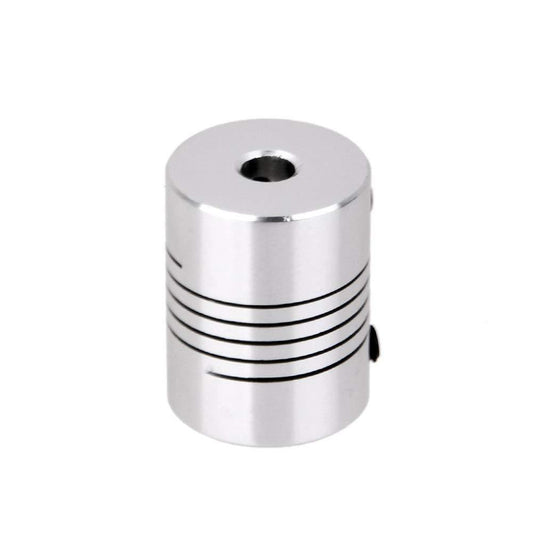Amazing
Works well
Free Delivery on Orders Above Rs 500/- Pan-India
Safely Delivering Genuine Products PAN INDIA
Cash on Delivery Available for Orders above Rs.500/- and Upto Rs 3000/-
GST Invoices for Your Business
Dedicated Technical Support Team



Robocraze
Low stock: 2 left
Couldn't load pickup availability
| Material | Aluminium |
| Coupling Type | 5mm to 8mm |
| Dimensions | 19 mm x 25 mm |
| Compatibility | NEMA 17 Stepper Motors |
| Weight | 50 grams |
For more details, please check our Shipping and Return Policy





Works well

I used to have threaded rods which would translate to my prints causing z-banding, but once I finally installed these and also re-tuned my steps. The print quality was definitely improved.

5mm to 8mm Flexible Coupling

5mm to 8mm Flexible Coupling

great product

on time delivery

quality product

working good

best one to buy

It works as expected.

working good

good quality

I use it to couple a motor to a threaded shaft

value for money good product

on time delivery
© 2023, TIF Labs Pvt. Ltd.
